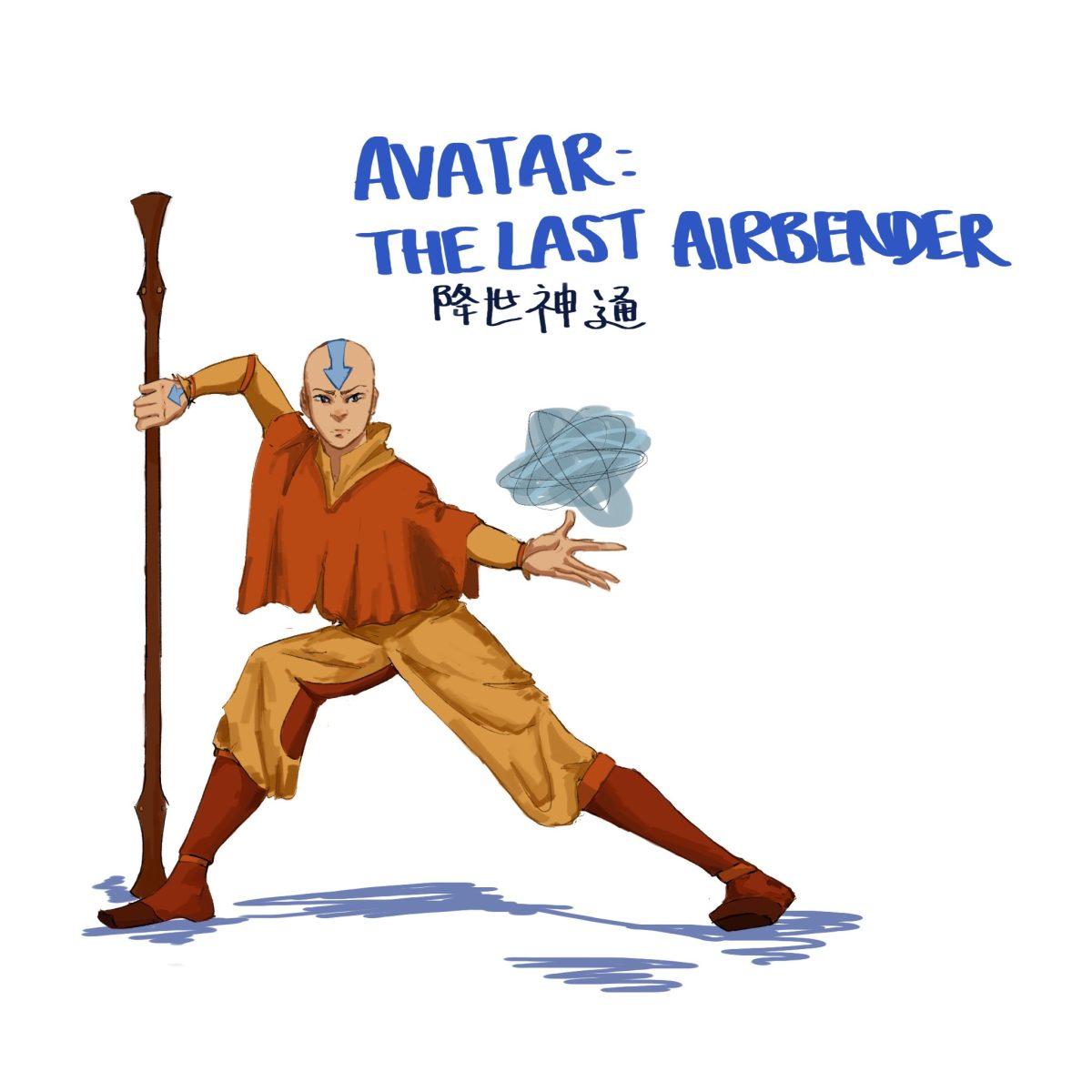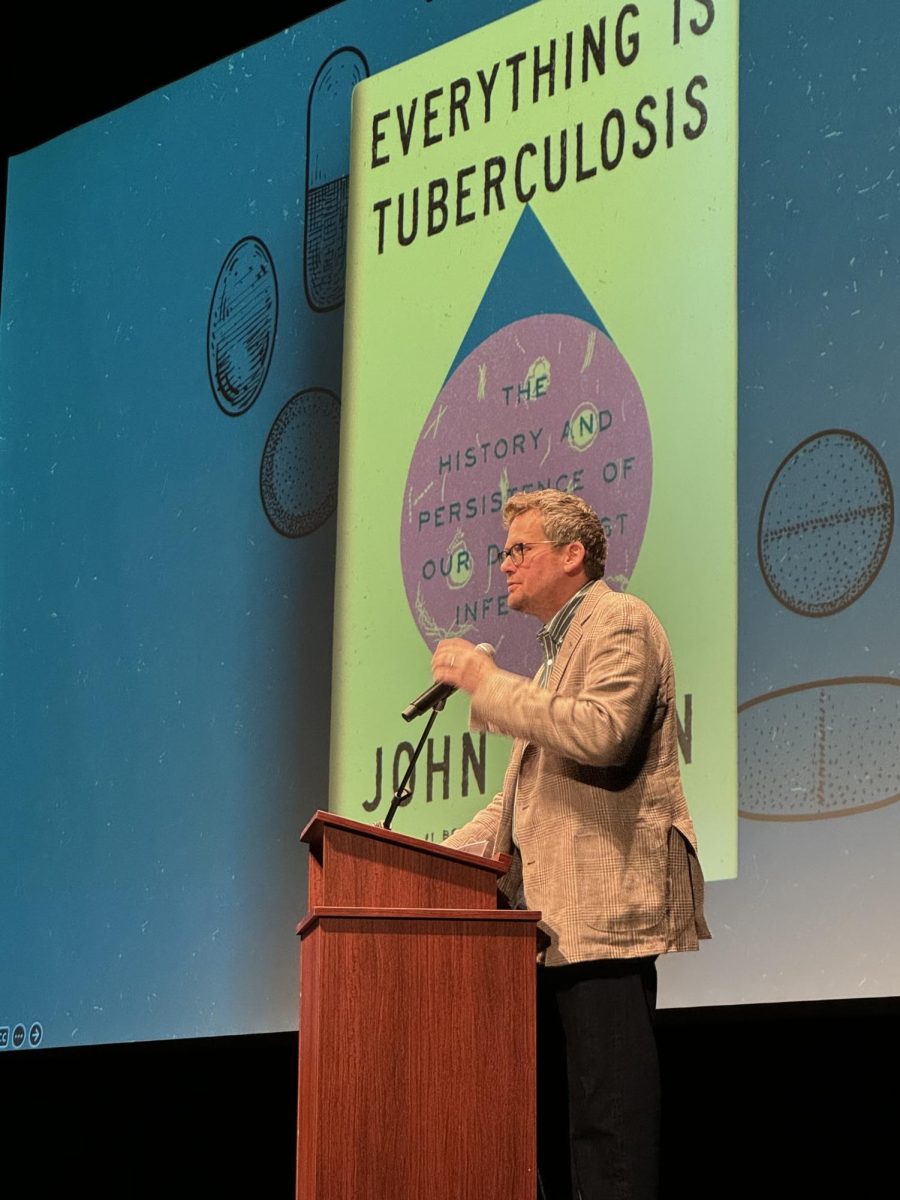While Tiger King and The Queen’s Gambit were what filled people’s screens during quarantine four years ago, I found myself sinking deeply into my couch and watching Avatar the Last Airbender (ATLA) instead. Seeing the magical adventures of Aang, Katara, and Sokka brightened my days stuck at home. So naturally, upon seeing the release of the live-action version of the fantastical world of the four nations (fire, water, earth, and air), I knew I had to watch it in hopes of reliving the enchanting journey Aang, the protagonist, takes to become the Avatar: the master of all four elements.
The premise of the show involves an Asiatic-inspired world, with benders who can manipulate the elements and non-benders. The Avatar, the chosen individual who can control all of the elements, maintains a balance between the nations, helping people in need with his physical abilities and connection to the spirit world. However, the Fire Nation disrupts this balance, attacking and waging conquest against the other three nations. Amidst a Fire Nation attack on his native Southern Air Temple, Aang, an eleven-year-old Airbender who is also the Avatar, gets stuck in an iceberg while the rest of the airbending village gets destroyed; he remains frozen in time. A hundred years later, Aang is discovered in the iceberg by Sokka and Katara, a brother and sister duo in the Southern Water Tribe. It is revealed that all of the Airbenders have died except for Aang. He was spared because of the Fire Nation, and the Fire Nation is fiercely engaging in battle to take over the rest of the world. However, Aang only knows how to control air and must learn how to master water, earth, and fire before the fire nation destroys them all. The show follows Aang’s journey of becoming the Avatar with help from Katara and Sokka along the way.
When I first started watching the live-action version, I truly appreciated the attention to detail in the casting. Each character looked almost identical to the animated version. In addition, a wide variety of Asian actors from different regions of the continent were a part of the film, which was inspiring to see. While there were many acclaimed actors, including Paul Sun-Hyung Lee, Daniel Dae Kim, and Utkarsh Ambudkar, I felt that the acting at times seemed unnatural. It seemed as though the actors were chosen based on how closely they looked to their animated versions rather than their acting skills. Some of the line deliveries from Ian Ousley, who played Sokka, just fell flat. In the animated version, Sokka is a multifaceted character who serves as comic relief while also dealing with the burden of leading the Southern Water Tribe while his father is away. In the live-action version, Ousley plays Sokka’s serious side aptly. However, Ousley told very few jokes, most of which felt awkward and forced when delivered.
My main contention with the new version was the pacing of the season. Given the fact that twenty episodes from season one had to be condensed into eight, I understand why the production would remove side adventures or episodes that were not as important to the plot. However, many ATLA fans, including myself, believe that these episodes are what makes the original show so special. Being able to spend time with Aang and the gang while they meet new characters in other nations contributes to the sense of world-building. Understandably, the plot details would differ slightly from the original, but I missed seeing characters like the Fortuneteller, who initiates the idea of a romantic connection between Aang and Katara in Aang’s mind. I also missed Haru, an Earthbender forced to hide his abilities, whom Katara guides. I grew an emotional connection to the characters in the animated show and truly rooted for each one. Due to the pacing, however, new viewers may not have understood the extent to which the Fire Nation truly altered the world with its conquest.
I must include how I highly commend the portrayal of Zuko in the live-action version. Zuko, the son of the Fire Lord (ruler of the Fire Nation), was banished from the Fire Nation and sent on a quest to find the Avatar three years prior. Along with his Uncle Iroh, Zuko shows great ambition in capturing Aang and returning home. He can easily be categorized as a villain for trying to oppose Aang, but what is fascinating about Zuko is the nuances of his character. The animated version takes its time to reveal the inner turmoil Zuko faces and show his character development, but the adaptation provides a thorough backstory in the first season and explains Zuko’s point of view. This is what captures the essence of ATLA to me: there is no black or white, no good or bad. Everything coexists in harmony. The elements must live together, and it is okay for us to experience conflicting emotions at the same time. I think that is why the side stories are so important as well; they demonstrate multiple perspectives in order to get to one unified message. On the whole, I enjoyed watching the live-action version of Avatar: The Last Airbender. While there were a few flaws, the visuals were mesmerizing, and the essence of each character was well-captured. I hope that with the two extra seasons renewed, the show will improve on its acting, as well as the inclusion of the small details of what made ATLA so special to me. Until then, I’ll be back on my couch, scrolling and hunting for another show that captivates me in the same way.







































































Nithin Satish • Feb 13, 2025 at 12:47 pm
Long ago lived the four BRIC Values: Bring Hope, Respect others, Inspire Integrity, and Celebrate Family. Everything changed when the fire nation attacked